Diseases Of Nectarines: How To Spot Common Nectarine Diseases
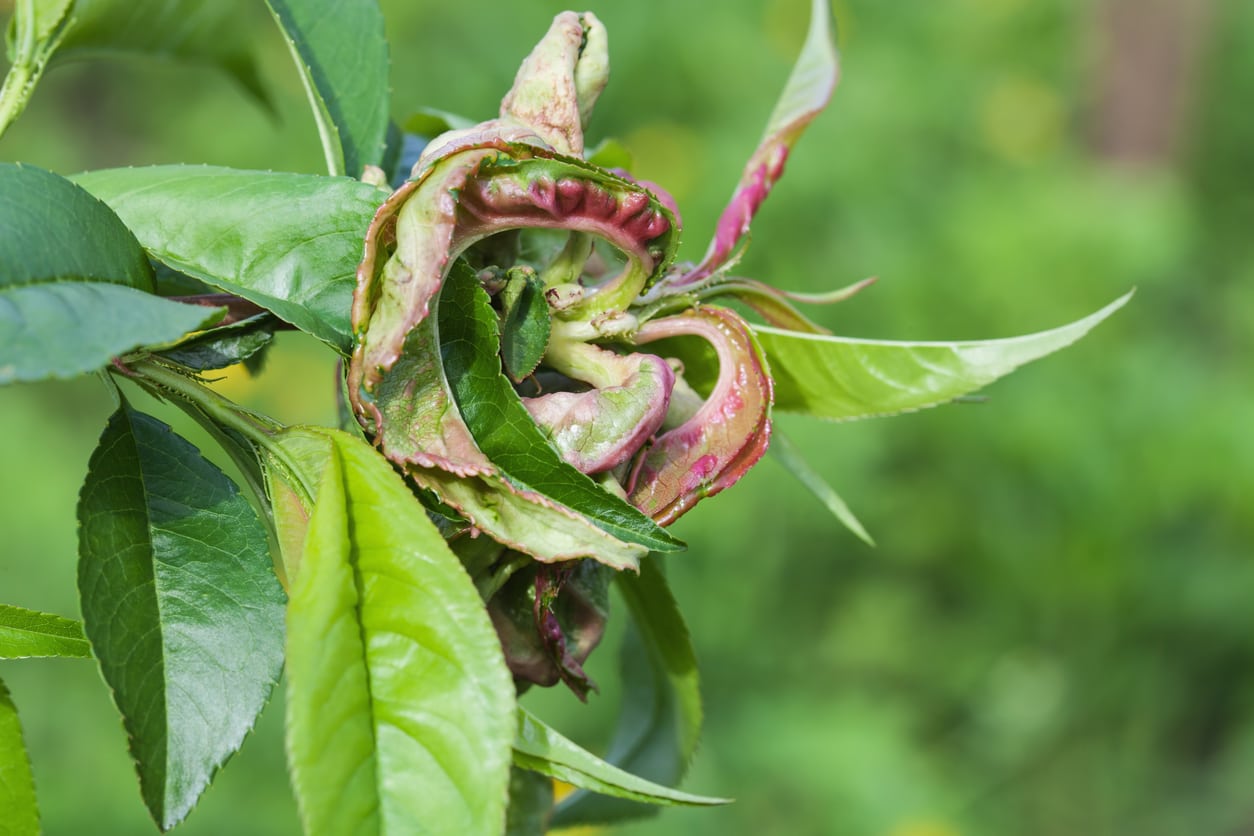

Gall, canker, and rot aren’t pretty words and not so satisfying to think of, but they're words you need to know when growing an orchard, or even a few fruit trees in the backyard. These terms are involved with common nectarine diseases but are problems on other fruit trees as well.
Diseases of Nectarine Trees
Nectarine disease symptoms may not be readily apparent, and you may have to do some serious observation to locate diseases of nectarines. Others are visually evident and not hard to identify. If your nectarine tree is looking or performing differently than in years past, take note. It is not always evident that your nectarine tree has a disease. Perhaps the tree no longer looks healthy and vibrant. Leaves are smaller, and fruit doesn’t develop as quickly as in previous years. You remember that you missed the fungicide treatment in winter but didn’t expect such severe results. Maybe you notice the leaves curling unusually. Here are some of the most common problems along with their nectarine disease treatment recommendations: Peach leaf curl – Peach leaf curl is a fungal disease that attacks the nectarine tree. Leaves become distorted, thicker and they turn shades of red, pink, and orange. Treat with copper fungicide. Bacterial canker – Bacterial canker causes severe loss of fruit and even the entire tree. A gummy substance exudes from the trunk and branches, often from the tips. Damaged limbs are most susceptible in windy and rainy weather. New growth on branches wilts, turns brown and dies from the tip. Avoid winter pruning; prune after harvest. Treat with a copper bactericide for this and bacterial spot. Try to avoid damaging the tree with mechanical equipment. While you don’t have control of the weather, you can inspect your trees closely following wind and hail storms. Brown rot/Blossom blight – Brown rot and blossom blight cause brown spots on leaves and blooms of the nectarine. These diseases are most active following a wet season and occur when buds are open. Wet buds can develop this blossom blight in 6 to 7 hours when temperatures are 45 F. (7 C.) or lower. Treat with a fungicide or insecticide. Learn the proper time for treating a sick nectarine tree in your situation. Keep watch on your nectarine trees and follow up when you see a potential problem. Provide proper soil drainage and prune at the right time. Plant disease-resistant nursery stock and apply protective sprays at the proper time. Nectarine disease treatment helps keep your nectarine tree healthy for a productive harvest.
Gardening tips, videos, info and more delivered right to your inbox!
Sign up for the Gardening Know How newsletter today and receive a free copy of our e-book "How to Grow Delicious Tomatoes".

Becca Badgett was a regular contributor to Gardening Know How for ten years. Co-author of the book How to Grow an EMERGENCY Garden, Becca specializes in succulent and cactus gardening.
-
 Looking For Plants To Give You The Soft And Fuzzies? Try These 5 Fuzzy Leaf Plant Options
Looking For Plants To Give You The Soft And Fuzzies? Try These 5 Fuzzy Leaf Plant OptionsLovers of texture, drama, silver foliage and tactile plants will adore these special sensory garden additions. These fuzzy leaf plant options will leave you all aglow
By Susan Albert
-
 Get Ready For A Summer Of Hummers! Grow These Full Sun Hummingbird Plants and Flowers
Get Ready For A Summer Of Hummers! Grow These Full Sun Hummingbird Plants and FlowersIf you’re lucky enough to enjoy a sunny backyard, make sure you are maxing out on your pollinator opportunities and grow these full sun hummingbird plants and flowers
By Tonya Barnett
-
Panamint Nectarine Fruit: Caring For Panamint Nectarine Trees
Panamint nectarine trees are very adaptable for home gardens and produce fruit with an excellent flavor. For more information about Panamint nectarine fruit, plus tips on caring for Panamint nectarines, the following article will help.
By Teo Spengler
-
Southern Belle Nectarines: Learn About Southern Belle Tree Care
If you love peaches but don’t have a landscape that can sustain a larger tree, try growing a Southern Belle nectarine. With its fairly diminutive height, the nectarine ‘Southern Belle’ can be container grown easily. Learn more about this fruit tree in the following article.
By Amy Grant
-
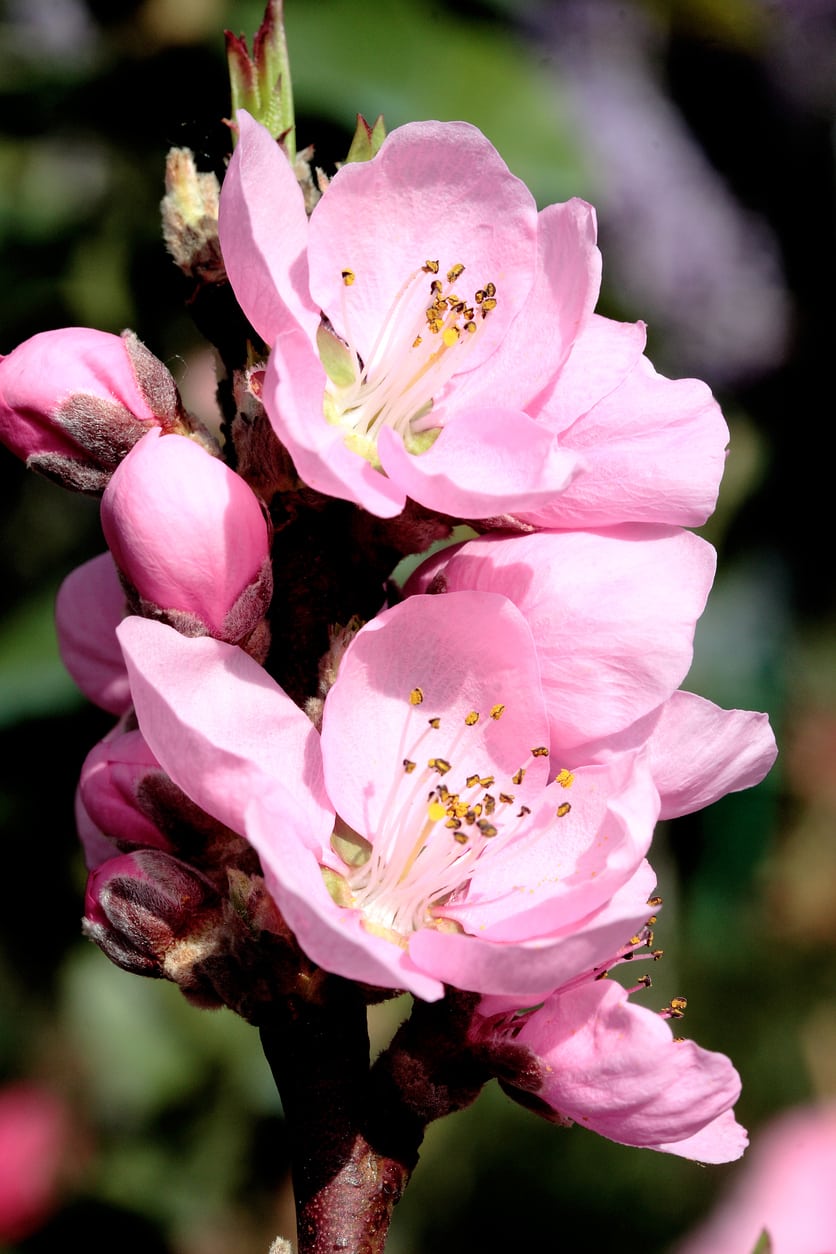 Nectar Babe Nectarine Info – Growing A Nectarine ‘Nectar Babe’ Cultivar
Nectar Babe Nectarine Info – Growing A Nectarine ‘Nectar Babe’ CultivarAccording to Nectar Babe nectarine information, these are natural dwarf trees, but grow full-size, luscious fruit. You can start growing Nectar Babe nectarines in containers or in the garden. Click here for info on these unique trees plus tips on planting.
By Teo Spengler
-
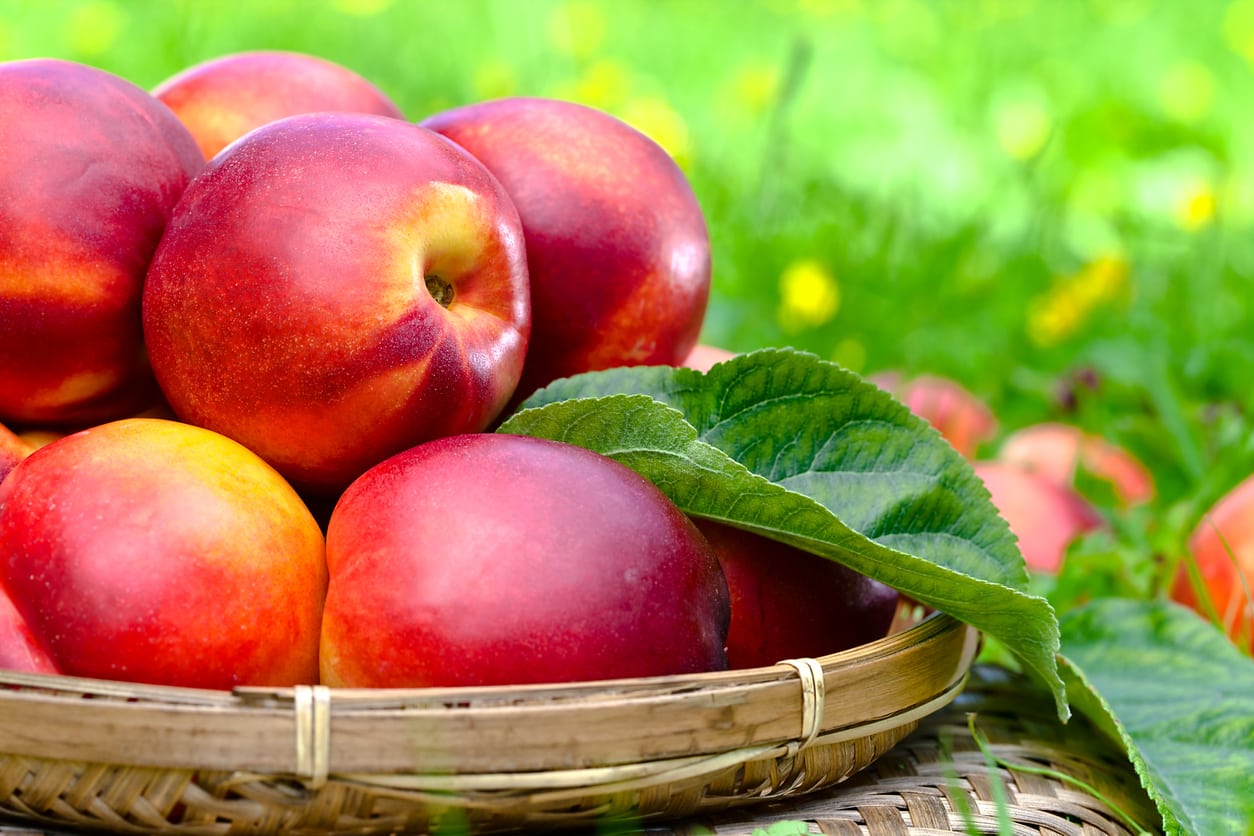 Harko Nectarine Care: How To Grow A Harko Nectarine Tree
Harko Nectarine Care: How To Grow A Harko Nectarine TreeThe Harko nectarine is a Canadian variety high on taste and cold tolerant. If you want to grow this nectarine tree, it’s important to have some facts at your fingertips. Click here for information about growing Harko nectarines and tips about Harko nectarine care.
By Teo Spengler
-
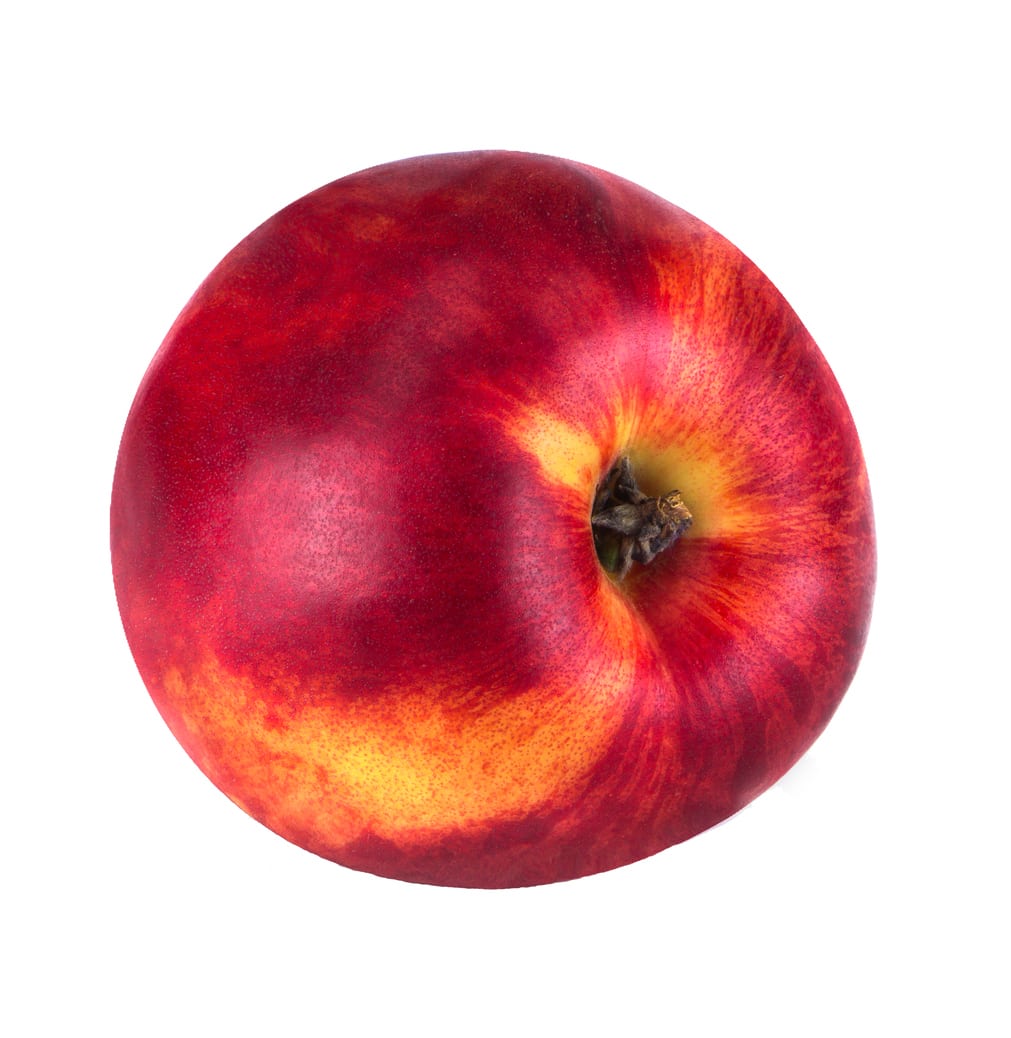 Arctic Rose Nectarine Care: What Is An Arctic Rose Nectarine
Arctic Rose Nectarine Care: What Is An Arctic Rose NectarineIf you are considering growing peaches or nectarines in a backyard orchard, Arctic Rose white nectarine is a great place to start. Click on the following article for information about this interesting cultivar, plus tips on Arctic Rose nectarine care.
By Teo Spengler
-
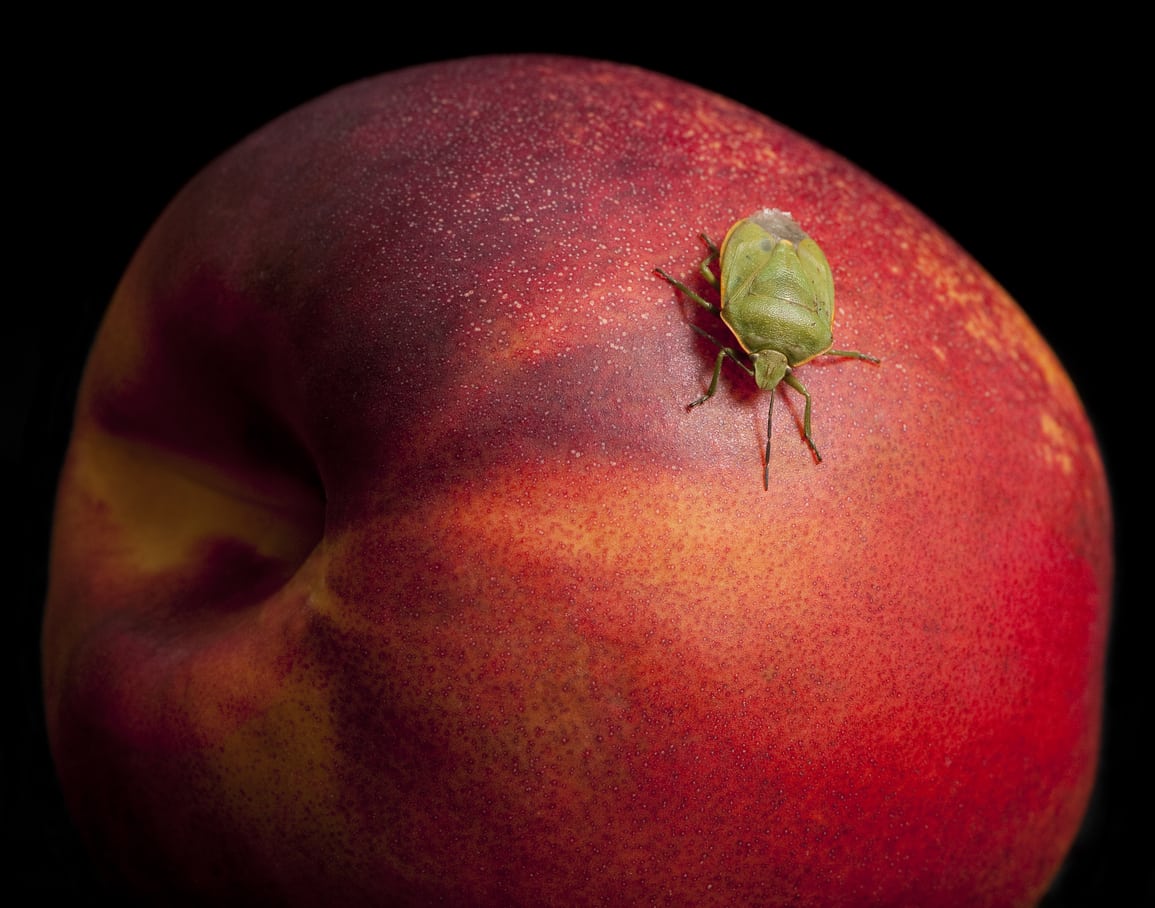 Bugs That Eat Nectarines – Tips For Controlling Nectarine Pests In Gardens
Bugs That Eat Nectarines – Tips For Controlling Nectarine Pests In GardensNectarines and peaches are often used interchangeably in cooking. Not surprisingly, both often face the same pests in the garden. Controlling nectarine pests in the home orchard will help to maintain plant vigor and prevent future pest problems. Learn more here.
By Tonya Barnett
-
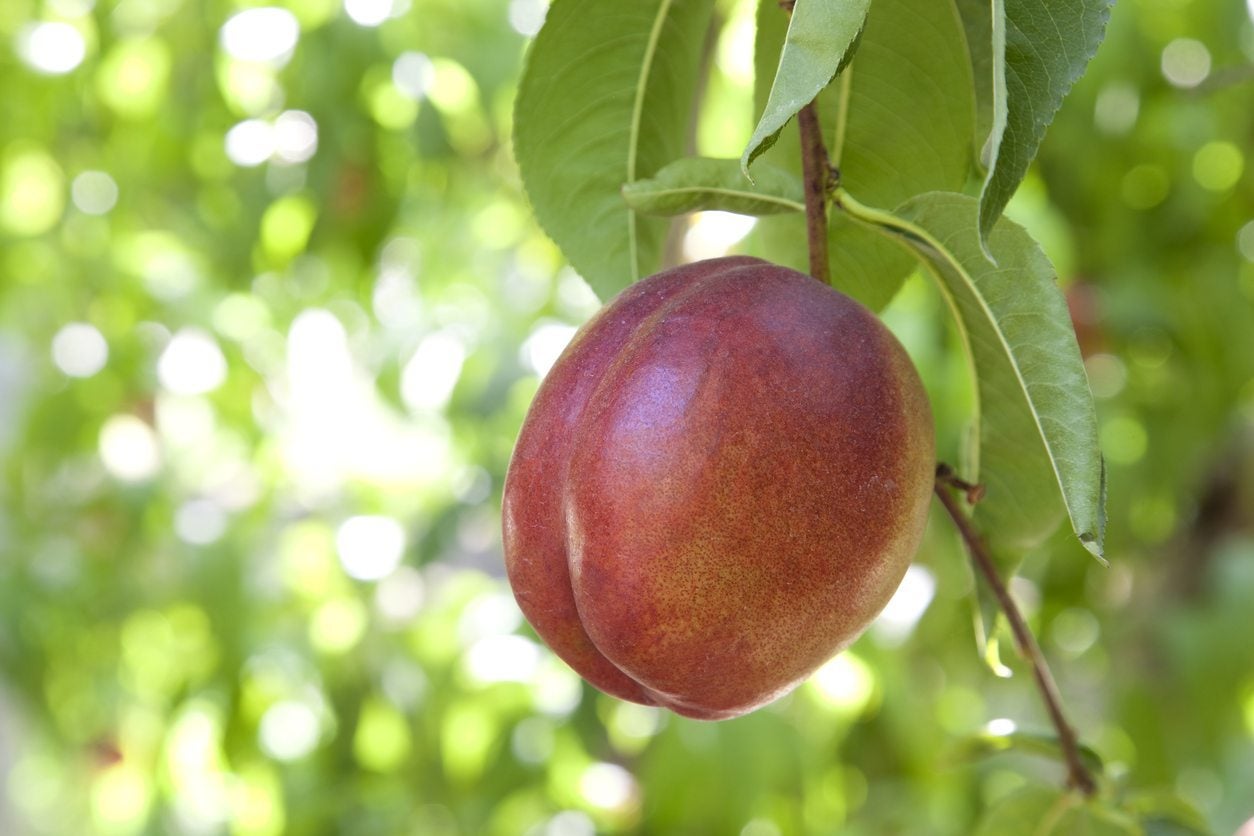 Nectarine Tree Not Fruiting – How To Get Fruit On Nectarine Trees
Nectarine Tree Not Fruiting – How To Get Fruit On Nectarine TreesGetting no fruit on the nectarine trees? If there are no obvious diseases or insect pests, why is the nectarine tree not fruiting? There are quite a few reasons for a fruitless nectarine tree. Find out how to get fruit on nectarine trees in this article.
By Amy Grant
-
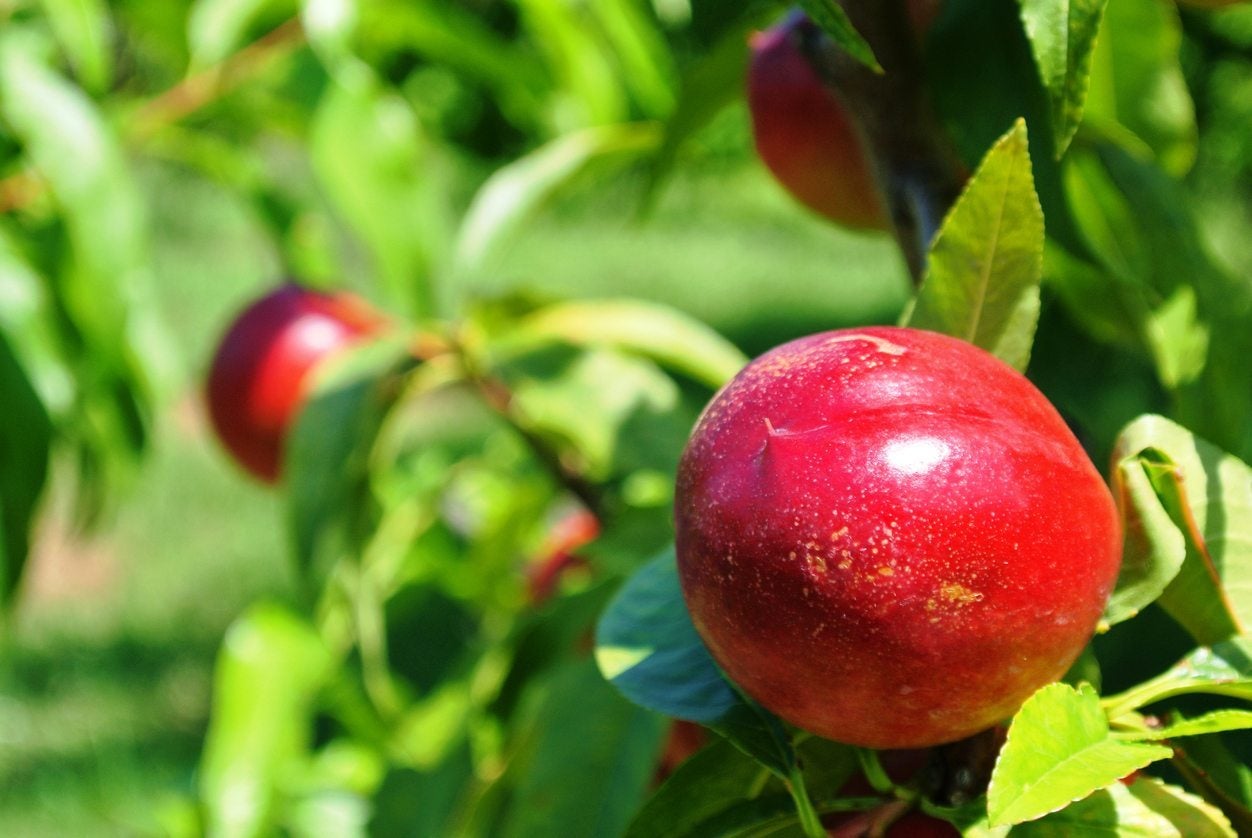 Pruning A Nectarine Tree – Learn How To Prune Nectarine Trees
Pruning A Nectarine Tree – Learn How To Prune Nectarine TreesPruning a nectarine is an important part of taking care of the tree. There are a number of reasons for cutting back a nectarine tree each with a specific purpose. This article will help with the ins and outs of nectarine pruning.
By Amy Grant